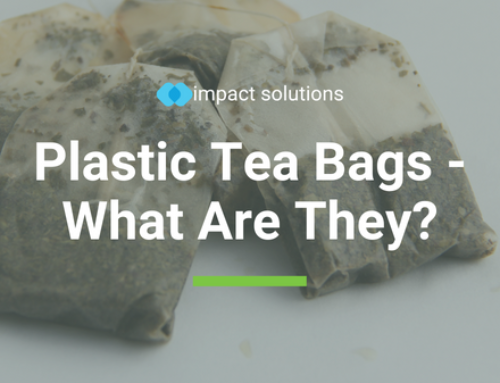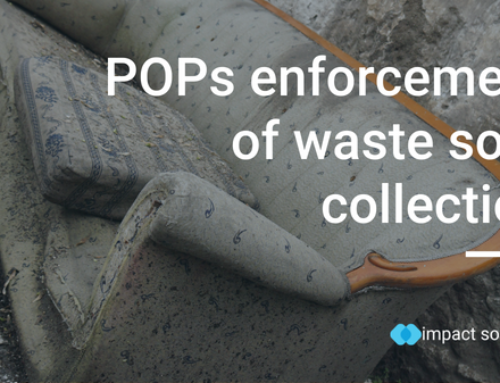Commercially Important Biodegradable Polymers
There are three broad classes of commercially important biodegradable polymers:

Naturally occurring biodegradable polymers produced in nature are renewable i.e., polysaccharide proteins, PHA’s, PHB’s to name a few. Some synthetic polymers are also renewable because they are made from renewable feedstocks, e.g. PLA (polylactic acid) is derived from agricultural feedstocks such as sugarcanes.
Like conventional petrochemical-based non-biodegradable polymers, biodegradable polymers can be processed in all the same ways as their petrochemical cousin, e.g. extrusion or injection moulding. Again, like their cousins, biodegradable polymers can be further characterised by their morphology: crystalline and amorphous. The crystalline polymers have melting and freezing points whilst the amorphous ones do not. For the amorphous polymers, crystallisation does not take place which prevents the formation of the ordered regions (crystallinity).
In general, as crystallinity increases so does the melting point of the polymers. The table below compares the most common conventional thermoplastics against biodegradable alternatives by their melting points.

A Deeper Dive
One of the main obstacles to the widespread use of biodegradable plastics has been the prohibitive cost of these polymers. For this reason, industrial applications tend to be specialised with unique environmental considerations. Loose-fill bags and compost bags are the two major end uses, consisting of 90% of the demand. A variety of other applications for biodegradable polymers are under development. Many of these are especially promising due to the developing European composting infrastructure, as well as influences such as the German Packaging Ordinance and the European Union Packaging Waste Directive.

If biodegradable polymers are to become widely accepted in composting systems and the price of these polymers fall, there is a large potential global demand for applications such as packaging, disposable dishes and cutlery. One sector that could really take biodegradable polymers on board includes theme parks or unique events that must manage their own solid wastes. This concept was championed at an Olympics game, where 40 million foodservice items made from starch-based polymers were collected after use and composted.
If you have a product and you want to understand its biodegradable potentials, you can contact our experts at impact solutions.
To enquire about our services, contact us today: info@impact-solutions.co.uk / +44 (0) 1324 489 182.
How well do you know?
This segment is for those who wish to test their bioplastic related knowledge. Answers to the mini quiz will be revealed towards the bottom of this article.

According to European Bioplastics, around 47% of the global bioplastic production is dominated by which of these following sectors?
a) Automotive
b) Agriculture
c) Packaging
d) Aerospace

Polylactic Acid (PLA) is one of the most popular bioplastics on the market, which application is PLA most commonly used in?
a) 3D Printing
b) Fake plants
c) Electronic components
d) Veneers

“Biodegradability” and “Compostability” can be used interchangeably.
a) True
b) False
c) Partially true
How did you get on?

“The correct answer is (c) for packaging. Bioplastics such as PLA, bio-PET or bio-PE are commonly used for cosmetic packaging and bottles for beverages. You can find out more in our article Bioplastics- What are the facts?

The correct answer is (a). PLA is the most commonly used material for 3D printing. Some influencing factors include:
– minimal warping issues
– low cost
– diversity in colours and blends
If you would like to find out more about PLA’s potential biodegradation for other applications, please follow our social media platforms and comment at the bottom of this blog.
This statement is false and you can read more about it in Bioplastics- What are the facts.
“All compostable materials are biodegradable, a product that is labelled as biodegradable is not necessarily compostable”






